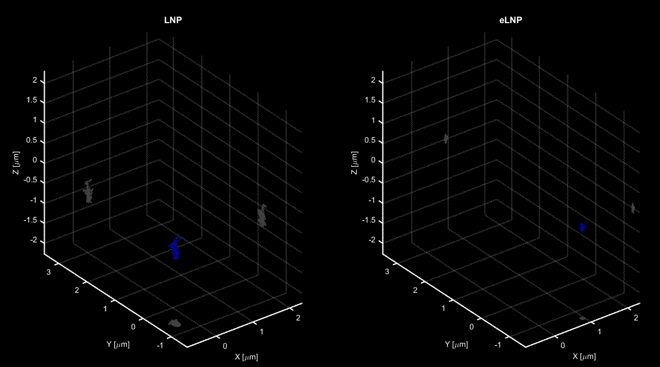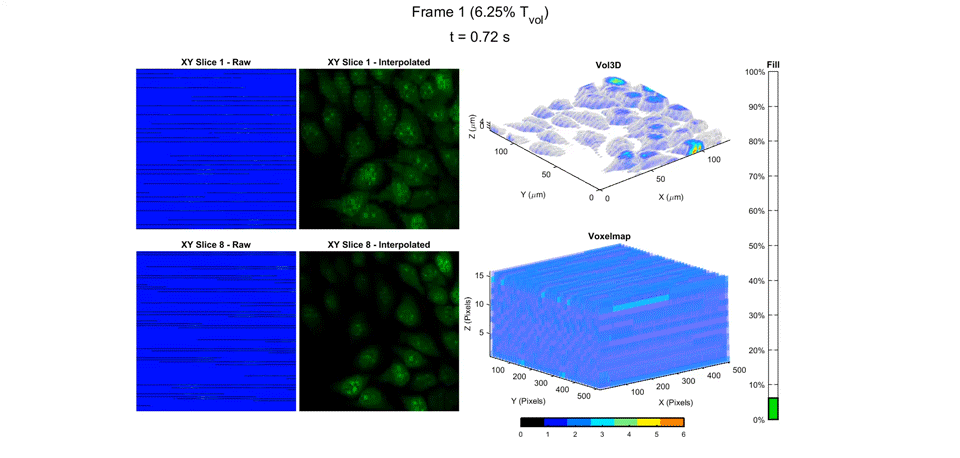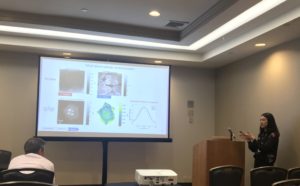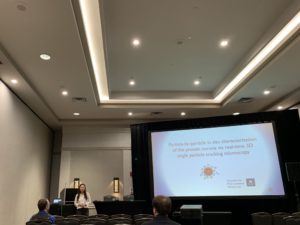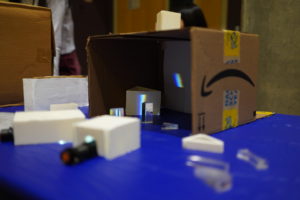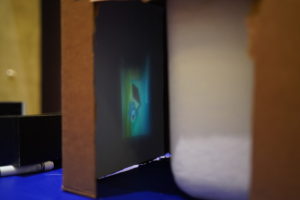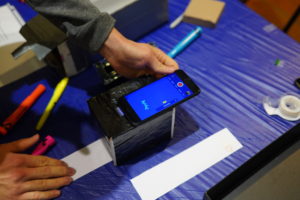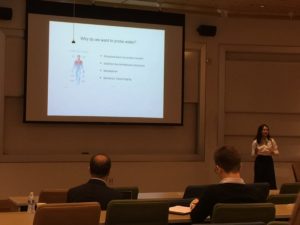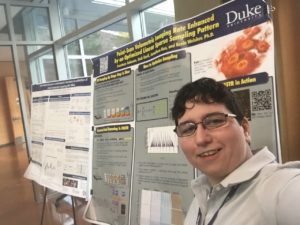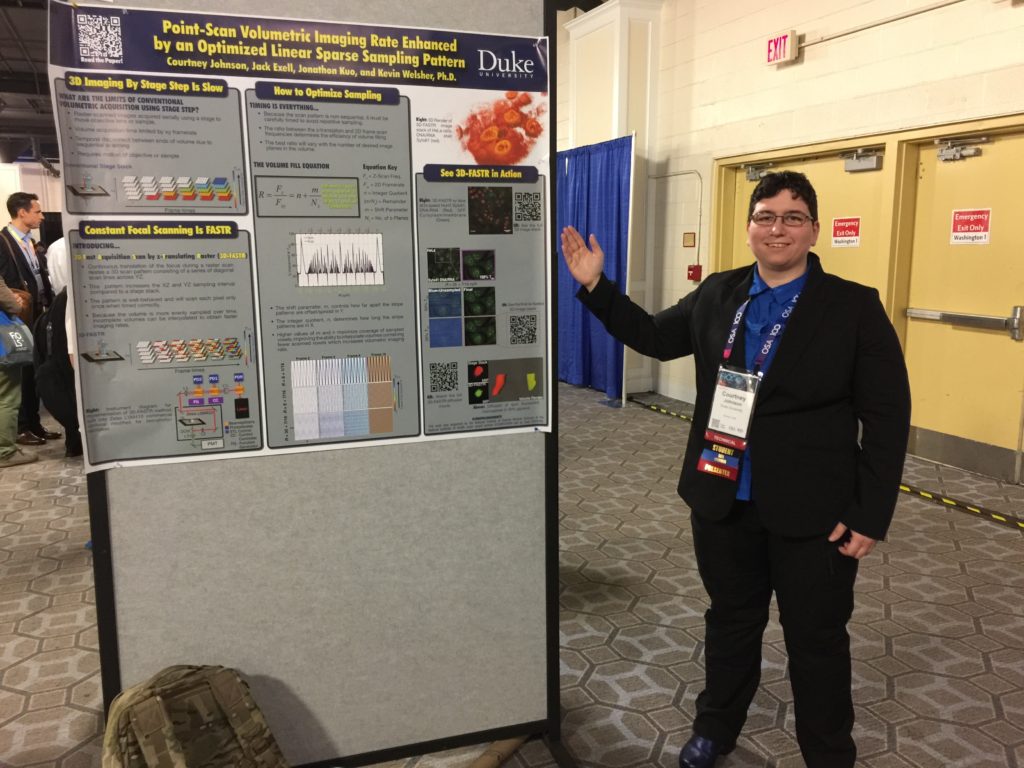Untethering single molecule spectroscopy with 3D-SMART
Measuring the behavior of single molecules enables the discovery of states and dynamics obscured by bulk measurements. However, molecules in solution rapidly diffuse in three dimensions, precluding long-duration and high-temporal resolution measurement. In a new breakthrough, Shangguo (aka the TrackFather) has developed 3D single-molecule active real-time tracking (3D-SMART), which can “lock-on” to freely diffusing single molecules in solution for up to minutes at a time! This new single molecule tracking can be applied to continuously monitor single proteins and nucleic acids, including real-time measurement of transcription on a freely diffusing, single-dye labelled DNA strand. See the entire work in the recent paper in Nature Communications!



